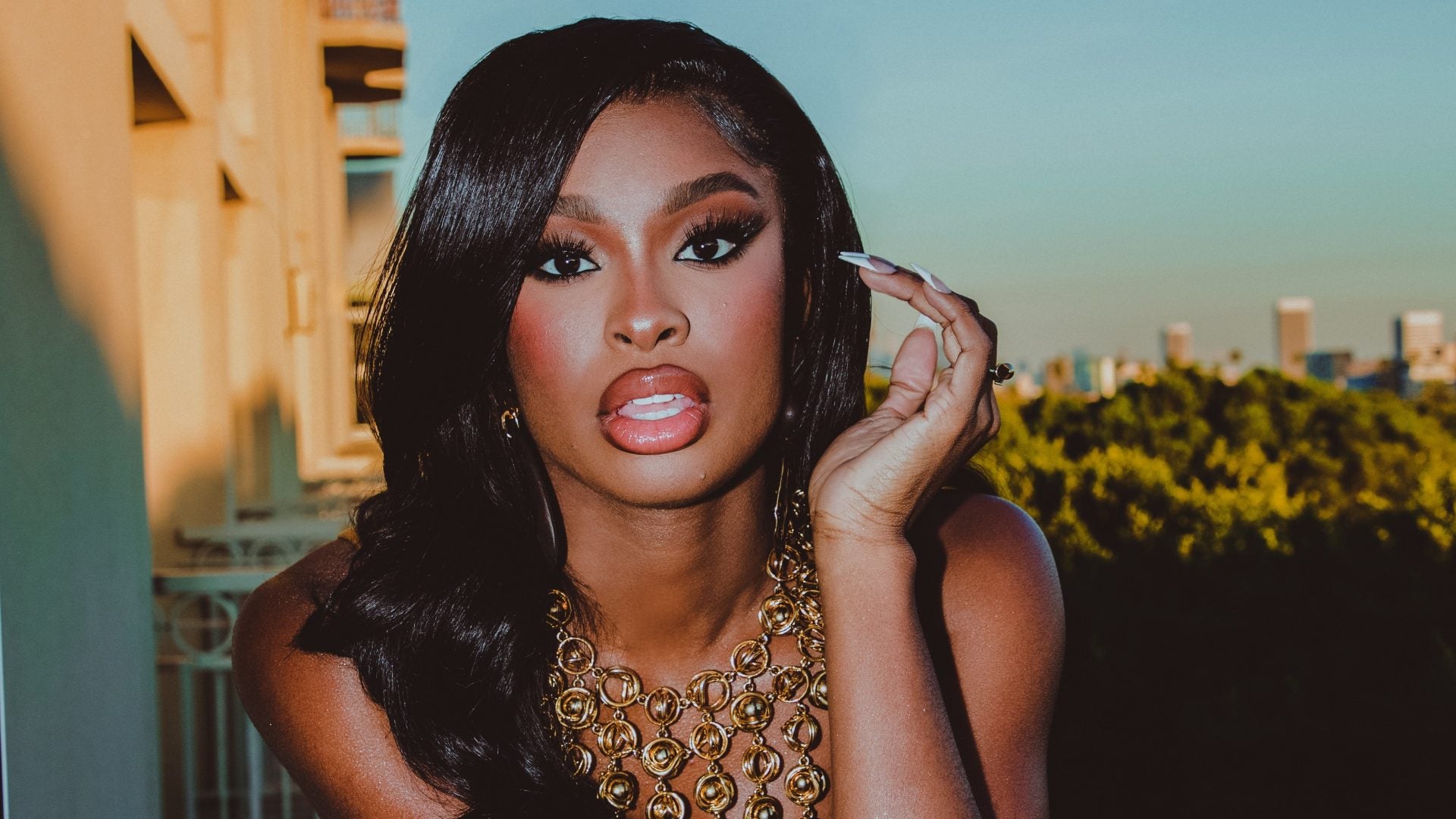
Over thirty years ago, Mary J. Blige was crowned the Queen of Hip-Hop Soul. The title, bestowed on her by record executive Andre Harrell, was the byproduct of the positive reception to her studio album, What’s the 411? At the time of the album’s release, Entertainment Weekly described it as “one of the most accomplished fusions of soul values and hip-hop to date.”
Executive-produced by Sean “Puffy” Combs, the album incorporated elements of hip-hop’s beats and narrative-driven lyricism. The meshing of genres extended beyond sound and into fashion. Combs hired Misa Hylton, now a style icon, to curate and produce looks to accentuate Blige’s “fly girl” personality and attitude. Through her creative partnerships with Combs and Hylton, Blige introduced not only a new sound to R&B, but a new type of singer.
In the late 1990s and early 2000s, R&B was at the top of music charts. The new millennium expanded opportunities for musicians to connect with their fans online, through early social media networking sites and fan pages. However, as the Internet began to connect listeners to genres outside of their locale, preferences in the mid to late 2000s started to orient toward European electronic music and dance-pop. This shift resulted in the prioritization of electro-pop and dance-pop over R&B, which led to the category’s dismissal from the mainstream.
R&B’s transition to the underground afforded an opportunity for the genre to reinvent itself. Between 2011 to 2012, Frank Ocean and The Weeknd released their debut mixtapes online. The musical projects —Nostalgia, Ultra and House of Balloons—ushered R&B into the 2010s. Instead of using gospel as a leading influence, this type of R&B pulled together elements of alternative, indie and rock. Although the projects could be considered R&B, they reflected the sound of a Black kid who came of age on the Internet. For that generation, “labeling”—whether in terms of sexual orientation and gender expression or placing their music in one specific group—felt like a confine instead of an umbrella under which to build community.
As with Blige, Ocean and The Weeknd pushed R&B into another phase of evolution. Their efforts created a new entry point for singers to establish and develop themselves, without the influence of the radio and music industry.
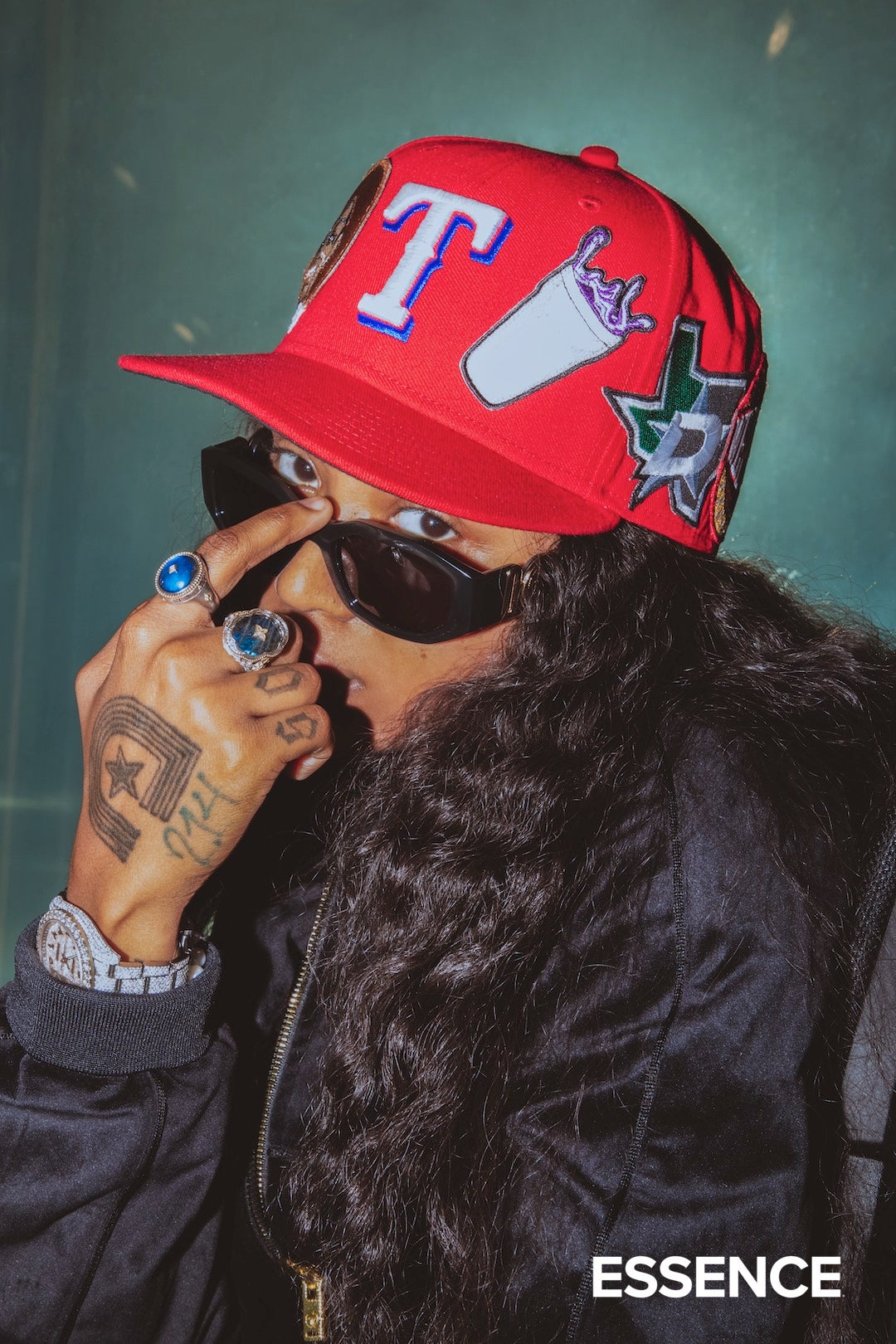
“The hit is you going in a closet—in the studio, in your room—going wherever to make a song that you love and a song that you personally like to listen to,” says Kaash Paige. “Love Songs,” Paige’s breakout single—which went viral on TikTok in 2019, then amassed millions of streams on SoundCloud and Spotify—is a testament to her word. Before she signed to Def Jam, Paige was an independent artist uploading original R&B songs to SoundCloud. “Love Songs” was one of them.
Since then, the 22-year-old has collaborated with Alicia Keys, 6lack, Don Toliver, Isaiah Rashad, Moneybagg Yo, Lil Tjay, Tinashe and Travis Scott. These experiences have contributed to the maturation of her sound on Soundtrack To My Life, the singer’s sophomore album. She excitedly says of the album, “It’s R&B, but it takes you on a journey. It goes from R&B to turn-up car-y type, and then goes right back down to it.”
For those unfamiliar with Paige’s stage presence, she rages with the rock star spirit of Lenny Kravitz but has the soft voice of an angel. As an adolescent, she was drawn to alternative and rock music—particularly the way they made her feel. At her performances, Paige serves as a conductor. Through her voice, she lulls the audience into the intimate feelings of her songs, followed by a quick transition into her stage-diving personality. For Paige, whether the sensation arises from jumping into a mosh pit or selecting beats in a recording session, it has put her in a place where people are taking notes.
She lists Ciara’s Goodies and The Weeknd’s Trilogy as examples of contemporary R&B albums that make you feel, arguing: “R&B is finding more. R&B is recreating the genre…. It’s a feeling. It’s rhythm. Whatever you want to do, it’s getting your groove. Everybody just create their own world and allow everybody to be a part of it.”
The ability to create one feeling through music is symbolic of R&B’s relationship with storytelling. For a period of time, R&B was one of the few safe spaces where Black women could comfortably disclose their trials and tribulations as well as their breakthroughs. In R&B, singers became the conduit for channeling personal journeys and establishing a relationship between listeners and the artist.
Coco Jones found in R&B a medium to tell her own stories, in comparison to the characters she plays on the silver screen. “Storytelling with my music is different than on-screen, because on-screen it’s not about me at all. It’s really about making the character come to life. And so I will sometimes create backstories that are not mine—they’re what I would feel would fit the character, so that I can present a very authentic version of this character,” she says. “But with my music, it’s all about me. It’s all about how I feel that day.”
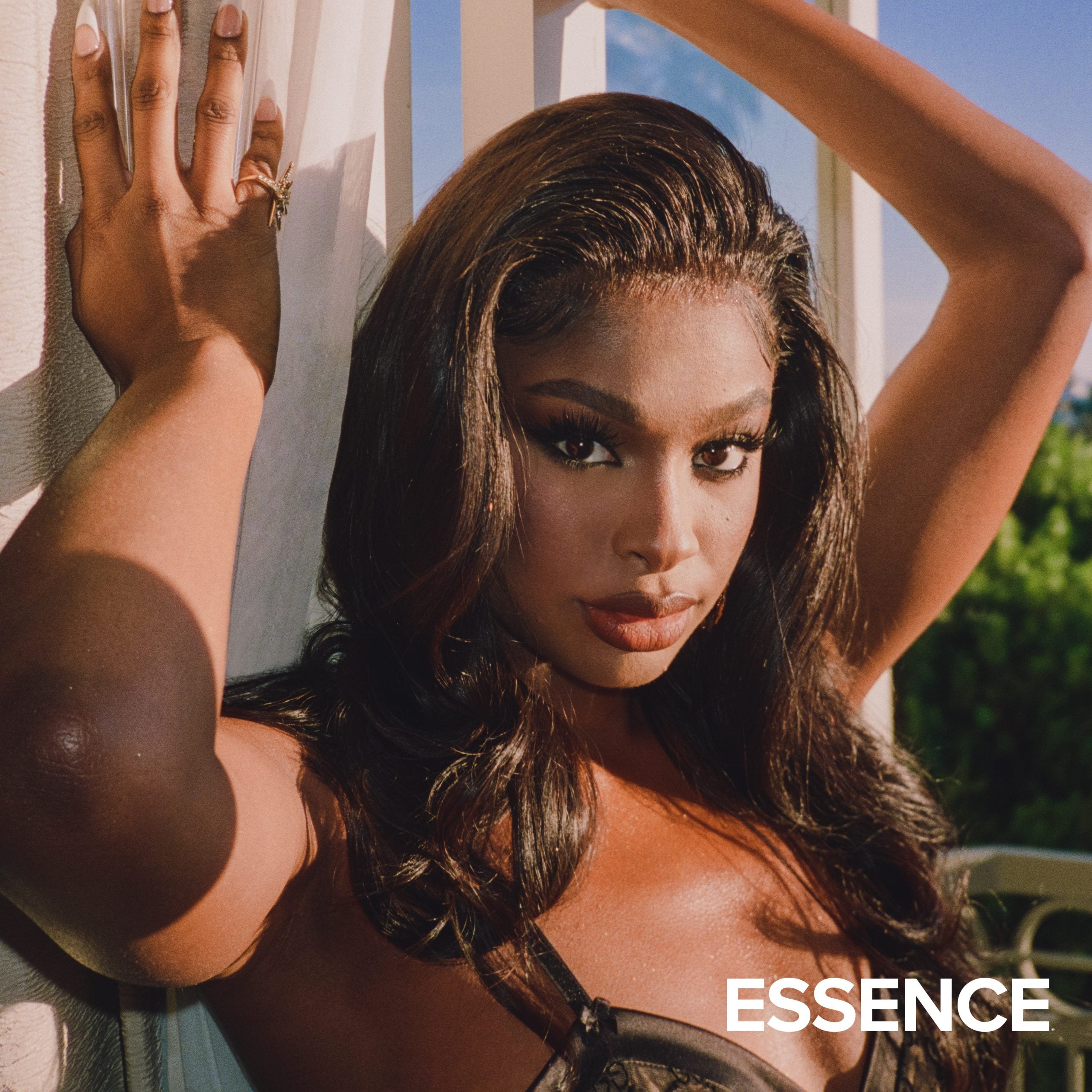
What Didn’t I Tell You, her debut EP, is the compilation of untold stories from a time when Jones didn’t know how to be herself. “In my past there were so many scripts and so many prompts and so many strategic routes that me being authentic with myself, through music, has helped me to learn more about myself.”
For the majority of Jones’s life she has experienced pressure to be someone else, in order to adhere to what Hollywood considers a successful Black woman. Now she has decided to center herself and her own stories, in television and music.
There are three basic questions in storytelling: Who writes the stories? Who benefits from the story? Who is missing from the stories? In Muni Long’s case, she is the author and beneficiary. For over a decade, Long penned award-winning songs for pop’s biggest stars and went by a different name, but they were not the stories she wanted to tell.
“We definitely went through a period of ‘too cool.’ You know what I’m saying? I’m too cool for that. I’m too cool to love,” she reflects. “Everybody was trying to rap-sing at a certain point, and that’s okay. No judgment, because I was liking a lot of that stuff too—but I think it’s time to move on,” she adds.
Long aspired to make songs that evoke emotions, like Method Man and Blige’s “You’re All I Need.” She mentions artists of the era like Combs, known back then as Puff Daddy, and Faith Evans, who understood the power of a simple song that brought great impact because it had “feeling.”
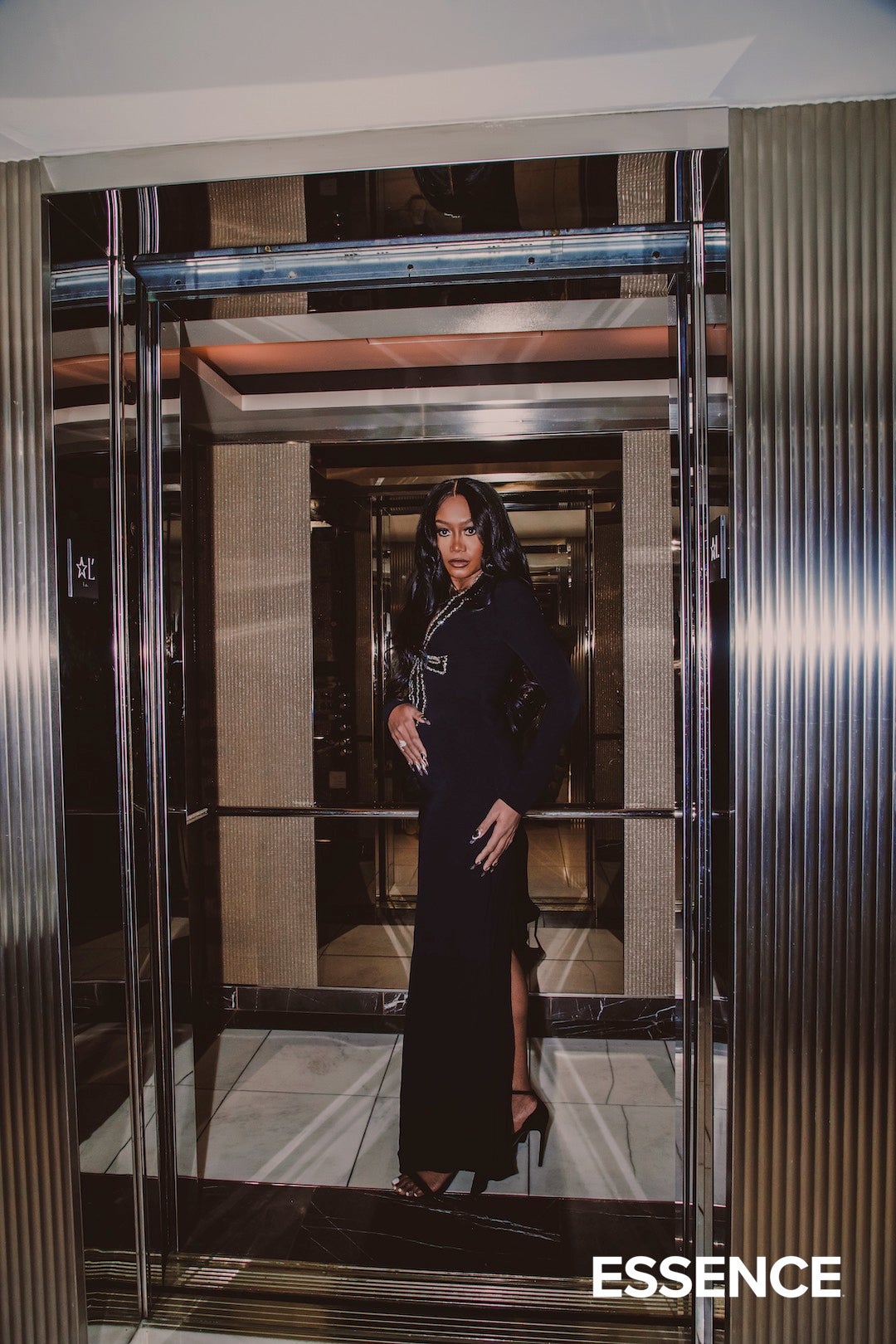
“I think people, we’re lacking compassion these days. Everybody’s so desensitized, and I think deep down, we want to be loved—we want to feel,” Long says. “And I think as long as I continue to give them that, and help people escape from the darkness of reality, the more love that we’re able to inject on the other side, right now, as an artist—I think this is a great opportunity for R&B to kind of sneak in there and just take over.”
Her breakthrough single, “Hrs and Hrs,” provided the perfect opening for couples to showcase their affectionate love, after an intense period of global lockdown due to COVID-19. The song also served as an introduction to Long, the storyteller she always wanted to be. Long makes the music that she wants to hear, instead of being encouraged to write music that is popular.
The success of “Hrs and Hrs” helped Long negotiate a partnership with Def Jam, allowing her to focus on the creation of music instead of serving as her own fashion stylist, hairstylist, makeup artist and more. She describes this state as a “matter of me being consistent with the same integrity of music, the same level of music, where people love it. Every time I put something out, it’s going to have to have that same integrity and the same impact. I can only pray and hope that I can do that over and over. That’s all I’m focused on.”
All this to say, R&B is alive and well. It’s just not the same R&B your parents and grandparents grew up with. Inherently, music is omnipresent and ever-changing, which means the singers who create and produce songs change alongside it. The new generation is not like the one before, but they should be welcomed as having the same relevance and earning the same respect afforded to Blige in 1992.


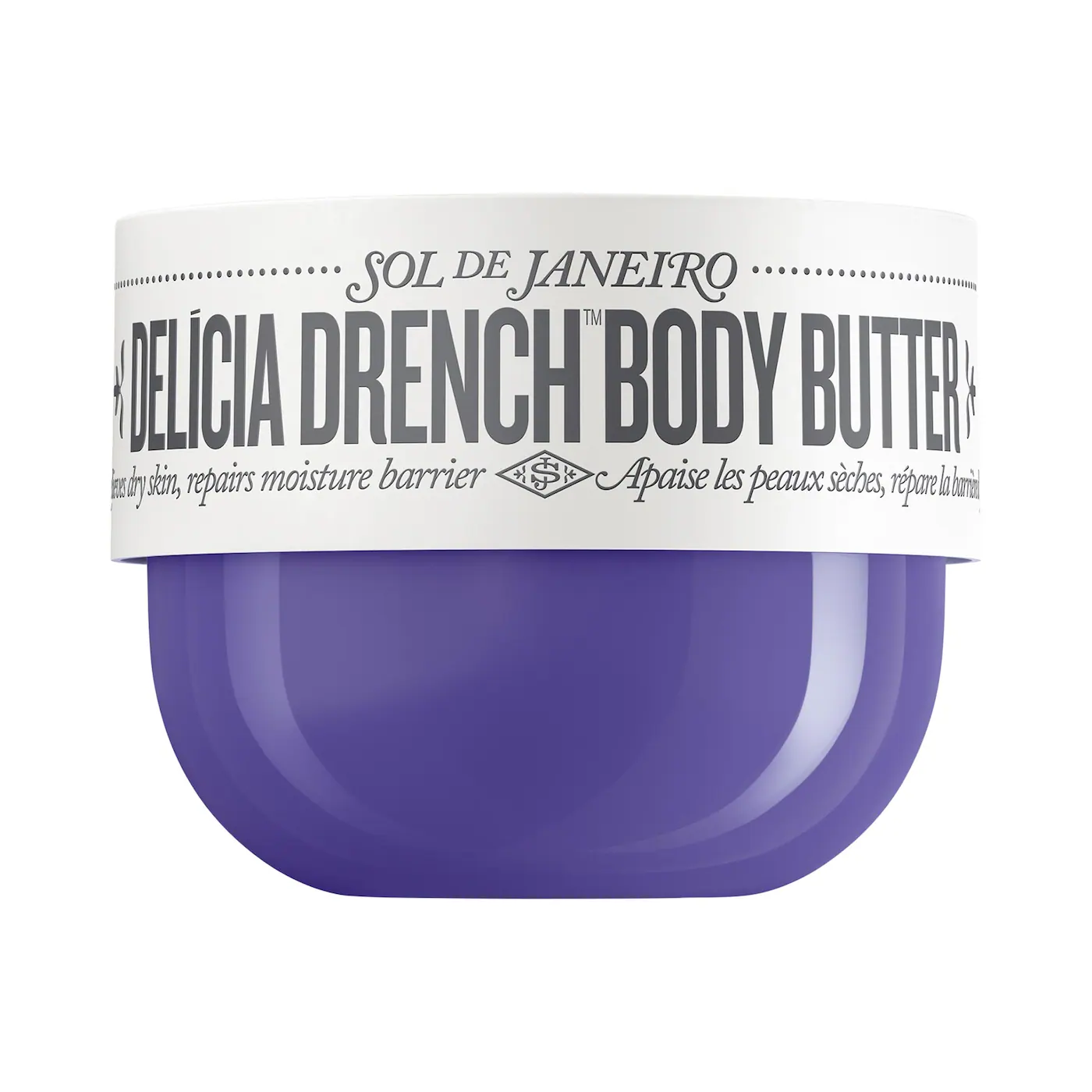

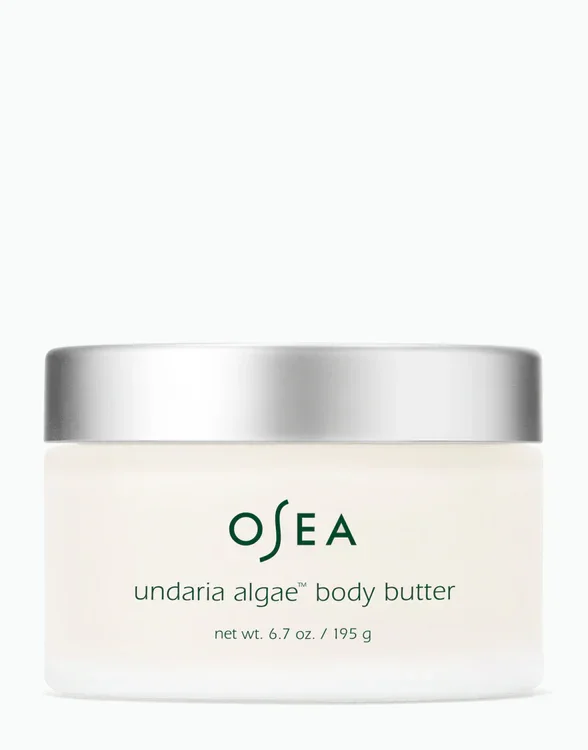


Coco Jones: Styling by iCON Billingsley. Hair by Hachoo Johnson. Makeup by Diana Shin at A-Frame Agency. Production by The Morrison Group, With Thanks to L’Ermitage Beverly Hills.
Muni Long: Styling by Jason Rembert. Hair by Curtis Phillips. Makeup by Scott Osbourne Jr using Pat McGrath and Huda Beauty. Production by The Morrison Group, With Thanks to L’Ermitage Beverly Hills.
Production: The Morrison Group








